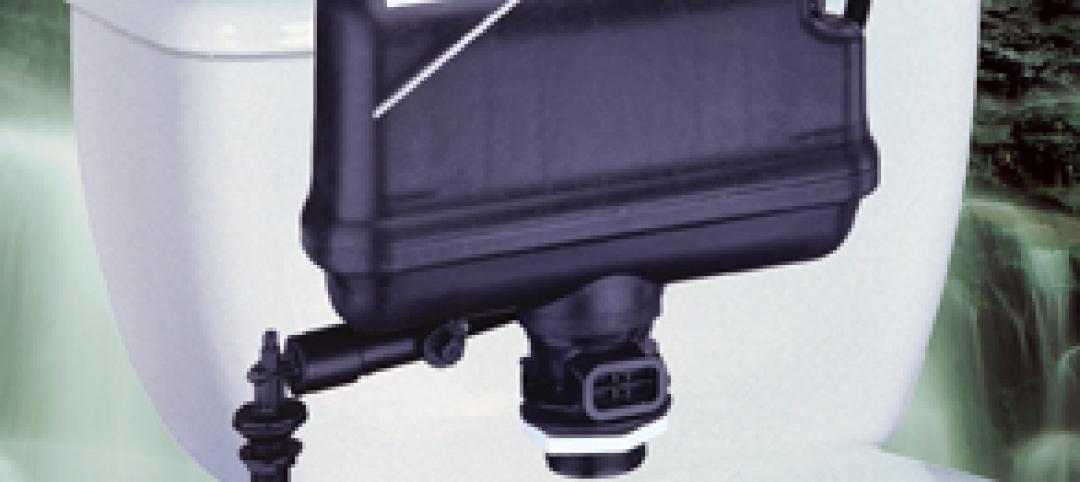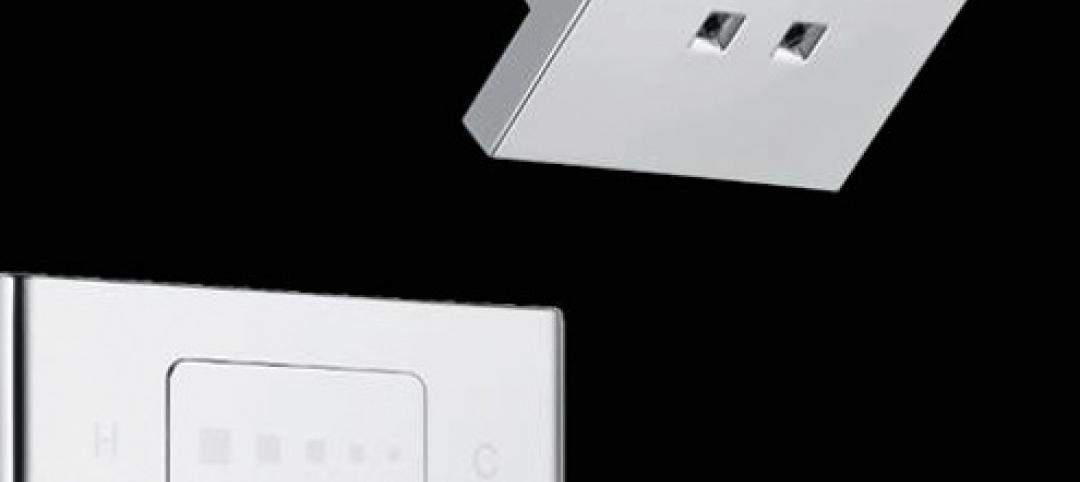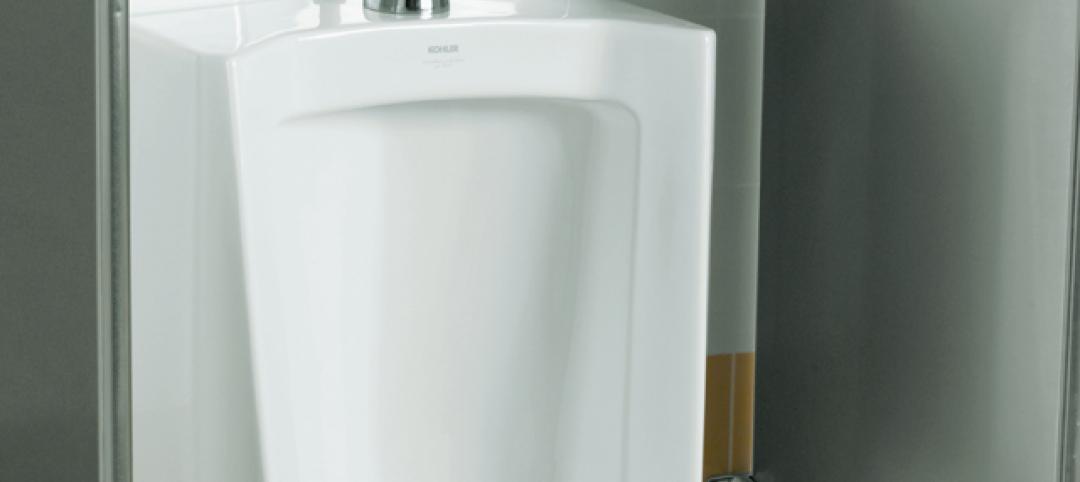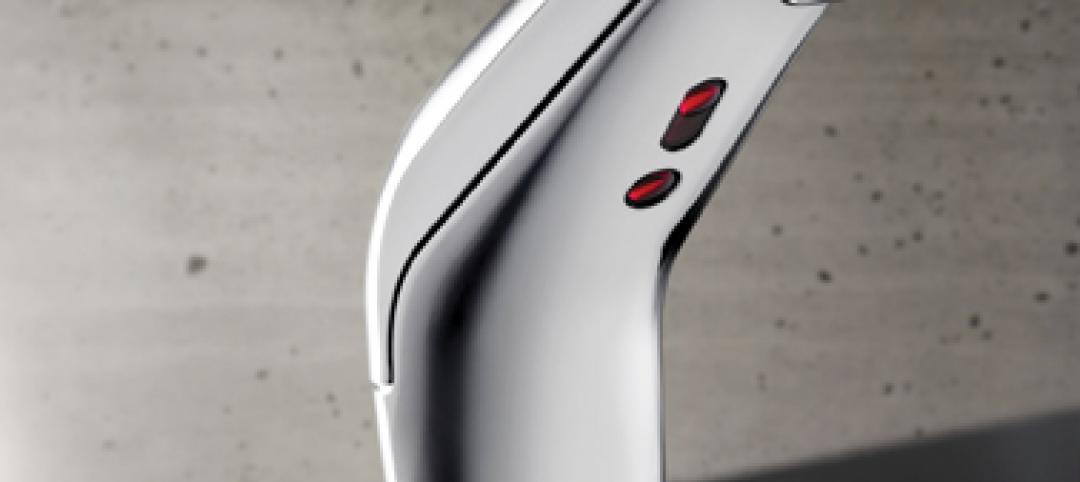CHATTANOOGA, Tenn. — BlueCross BlueShield of Tennessee announced today its certification as a LEED Gold campus, established by the U.S. Green Building Council and verified by the Green Building Certification Institute (GBCI). LEED is the nationally accepted benchmark for the design, construction and operation of high-performance green buildings.
BlueCross’ headquarters, totaling 950,000 square feet of office space, is the largest LEED Gold corporate campus in Tennessee, and the second largest in the nation.
To earn LEED certification, performance measurements must be achieved in five key areas of environmental and human health: sustainable site development, water savings, energy efficiency, materials selection and indoor environmental quality.
According to Bob Worthington, chief strategy officer for BlueCross, the desire from the beginning was to incorporate certain sustainable design attributes in the new corporate campus.
“Our master planning goals always included sustainability, innovation and wellness,” said Worthington. “That translates into not only better controlling cost and increased efficiency, but it also means transforming our work environment to better meet the needs of our employees, members and the health care community.”
The Cameron Hill campus:
- Reduces energy costs by more than 20 percent or $265,000 annually than if the project had been built to minimum code standards.
- Saves 20 million gallons of water annually by using ultra low-flow plumbing fixtures, a water-efficient irrigation system and low water-use plants.
- Improves indoor air quality for employees by employing an underfloor air distribution system and specifying ventilation rates that are 30 percent higher than required by code.
- Decreases storm water runoff by 15 percent.
- Reduces global warming impacts and ozone depletion through the use of a more efficient cooling system that doesn’t use ozone depleting chemicals.
“BlueCross’ LEED certification demonstrates tremendous green building leadership,” said Rick Fedrizzi, President, CEO and founding chair, U.S. Green Building Council. “The urgency of USGBC’s mission has challenged the industry to move faster and reach further than ever before, and BlueCross serves as a prime example of just how much we can accomplish.”
Major partners responsible for the BlueCross corporate campus include architectural firms Duda/Paine, headquartered in Durham, N.C.; HKS, headquartered in Dallas, Texas; Artech Design Group, headquartered in Chattanooga, Tenn; tvsdesign in Atlanta, Ga.; Tune Design in Chattanooga, Tenn. and HGOR, a planning and landscaping design firm out of Atlanta, with local partnership from Sawyer Landscaping.
Green Building Services in Portland, Ore. served as the LEED consultant on the project.
Skanska, a world leader in green construction, along with EMJ Corporation and H.J. Russell & Company, served as the construction management team. Jones Lang LaSalle, formerly The Staubach Company, a national real estate consulting firm with significant LEED experience, served as the project manager for the entire building process.
About BlueCross
BlueCross BlueShield of Tennessee offers its customers peace of mind through affordable solutions for health and healing, life and living. Founded in 1945, the Chattanooga-based company is focused on reinventing the health plan for its 3 million members in Tennessee and across the country. Through its integrated health management approach, BlueCross provides patient-centric products and services that drive health improvement and positively impact health care quality and value. BlueCross BlueShield of Tennessee Inc. is an independent licensee of the BlueCross BlueShield Association. For more information, visit the company's Web site at www.bcbst.com.
About USGBC
The Washington, D.C.-based U.S. Green Building Council is committed to a prosperous and sustainable future for our nation through cost-efficient and energy-saving green buildings. With a community comprising 78 local affiliates, more than 20,000 member companies and organizations, and more than 100,000 LEED Accredited Professionals, USGBC is the driving force of an industry that is projected to soar to $60 billion by 2010. The USGBC leads an unlikely diverse constituency of builders and environmentalists, corporations and nonprofit organizations, elected officials and concerned citizens, and teachers and students. Buildings in the United States are responsible for 39% of CO2 emissions, 40% of energy consumption, 13% water consumption and 15% of GDP per year, making green building a source of significant economic and environmental opportunity. Greater building efficiency can meet 85% of future U.S. demand for energy, and a national commitment to green building has the potential to generate 2.5 million American jobs.
Related Stories
| Feb 14, 2011
Sustainable Roofing: A Whole-Building Approach
According to sustainability experts, the first step toward designing an energy-efficient roofing system is to see roof materials and systems as an integral component of the enclosure and the building as a whole. Earn 1.0 AIA/CES learning units by studying this article and successfully completing the online exam.
| Feb 14, 2011
More companies willing to pay extra for green office space
New CoreNet Global/Jones Lang LaSalle survey shows real estate executives forging green strategies that balance environmental, financial and workforce issues.
| Feb 11, 2011
Sustainable features on the bill for dual-building performing arts center at Soka University of America
The $73 million Soka University of America’s new performing arts center and academic complex recently opened on the school’s Aliso Viejo, Calif., campus. McCarthy Building Companies and Zimmer Gunsul Frasca Architects collaborated on the two-building project. One is a three-story, 47,836-sf facility with a grand reception lobby, a 1,200-seat auditorium, and supports spaces. The other is a four-story, 48,974-sf facility with 11 classrooms, 29 faculty offices, a 150-seat black box theater, rehearsal/dance studio, and support spaces. The project, which has a green roof, solar panels, operable windows, and sun-shading devices, is going for LEED Silver.
| Feb 11, 2011
Kentucky’s first green adaptive reuse project earns Platinum
(FER) studio, Inglewood, Calif., converted a 115-year-old former dry goods store in Louisville, Ky., into a 10,175-sf mixed-use commercial building earned LEED Platinum and holds the distinction of being the state’s first adaptive reuse project to earn any LEED rating. The facility, located in the East Market District, houses a gallery, event space, offices, conference space, and a restaurant. Sustainable elements that helped the building reach its top LEED rating include xeriscaping, a green roof, rainwater collection and reuse, 12 geothermal wells, 81 solar panels, a 1,100-gallon ice storage system (off-grid energy efficiency is 68%) and the reuse and recycling of construction materials. Local firm Peters Construction served as GC.
| Feb 11, 2011
Justice center on Fall River harbor serves up daylight, sustainable elements, including eucalyptus millwork
Located on historic South Main Street in Fall River, Mass., the Fall River Justice Center opened last fall to serve as the city’s Superior and District Courts building. The $85 million facility was designed by Boston-based Finegold Alexander + Associates Inc., with Dimeo Construction as CM and Arup as MEP. The 154,000-sf courthouse contains nine courtrooms, a law library, and a detention area. Most of the floors have the same ceiling height, which will makes them easier to reconfigure in the future as space needs change. Designed to achieve LEED Silver, the facility’s elliptical design offers abundant natural daylight and views of the harbor. Renewable eucalyptus millwork is one of the sustainable features.
| Feb 10, 2011
Green Plumbing Fixtures Take a Major Leap Forward
Today’s low-flow plumbing fixtures not only conserve water, they also provide convenience and ease of maintenance.
| Feb 10, 2011
Sloan Valve Co. Flushmate
Sloan Valve Co.’s Flushmate IV 1-gallon pressure-assist system uses air pressure to flush. Rather than pulling waste through the trapway, the system, which works with tank-style high-efficiency toilets, pushes the waste through at nearly three times the flow rate of gravity units. Large water surface area also helps the toilets stay clean longer.
| Feb 10, 2011
Delta WaterSense-labeled showerheads
Delta offers nine collections with WaterSense-labeled showerheads, which are equipped with droplet-enlarging technology that increases both water and energy savings. An Arzo Collection showerhead is pictured.
| Feb 10, 2011
Kohler urinals
Kohler offers urinals with three flush options to fit a variety of applications: standard 1-gallon, pint, or waterless.
| Feb 10, 2011
Moen M•Power electronic faucets
At 0.5 gpm, Moen’s M•Power electronic faucets meet the current standards, and offer features that eliminate waste. Improved electronic sensors reduce reflectivity to stop false sensing, and turn off automatically after 30 seconds. Electronics can be installed above or below deck to accommodate different sink styles.















